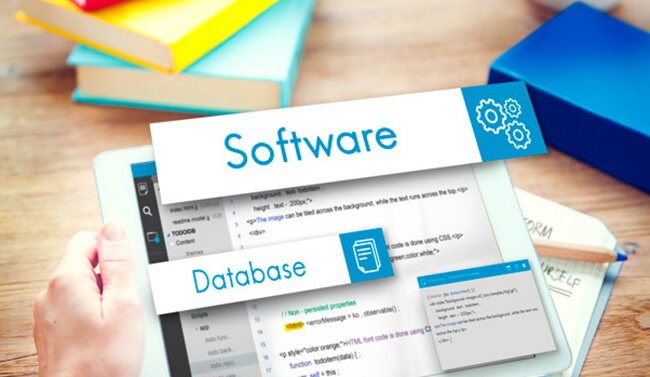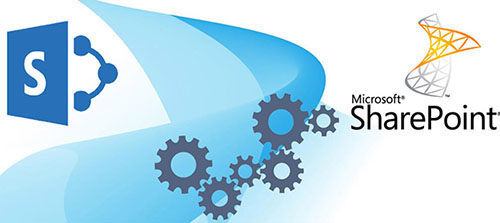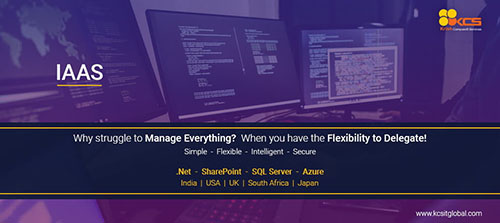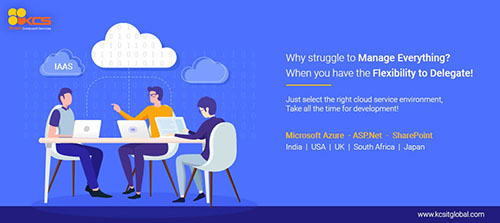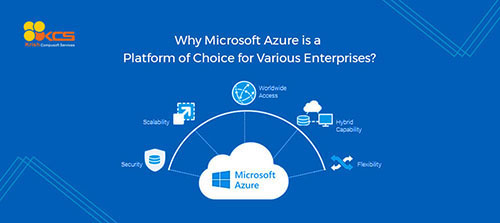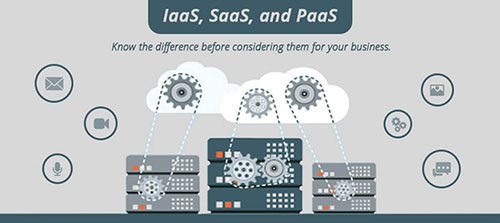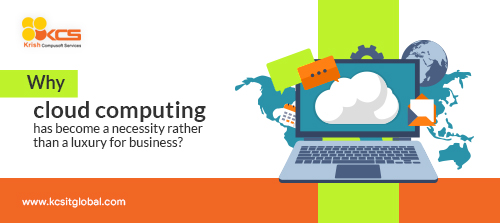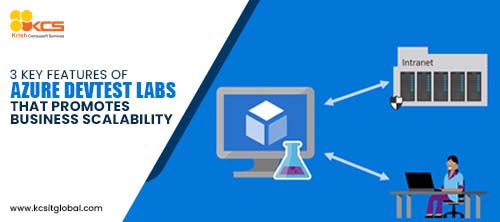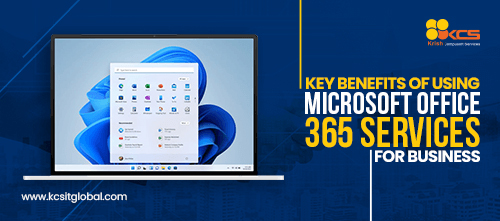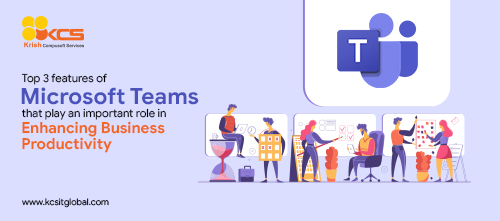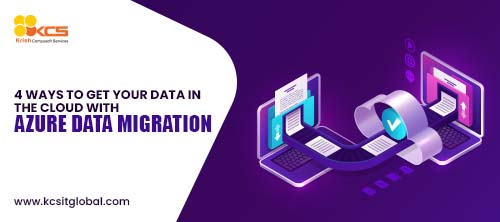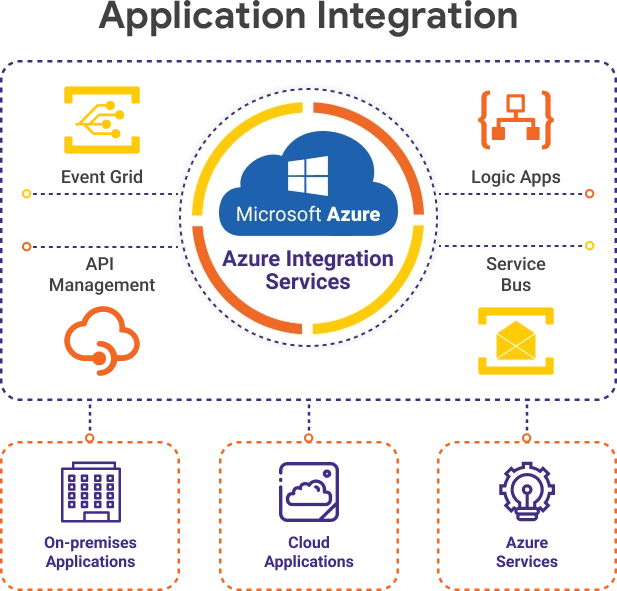
Connecting applications and services on-premises and in the cloud with Azure Integration Services
When business applications are scattered over multiple locations and platforms, it becomes difficult to combine and keep them in a central area where they can be quickly accessed. As a result, Azure Integration Services is a set of integration tools from Microsoft that combines API Management, Logic Apps, Service Bus, and Event Grid to provide a dependable, scalable platform for integrating on-premises and cloud-based applications, data, and processes across the enterprise.
KCS Azure Application Integration Services assists its clients in addressing issues such as data source integration, data parity, and manual data management between applications. Our ultimate goal is to enable real-time business data and process interchange. Multiple devices can access data and integrated cloud services across a network or the internet, which is an ideal way to expand with a company's growth and empower end-users. We integrate cloud and on-premise apps, systems, repositories, and IT environments powerfully.
With several enterprise integration solutions running in production, KCS is an early adopter and leader with Azure Integrations technologies (LogicApps, Service Bus, API Management). We've been empowering businesses with Azure Integration services like Azure LogicApps, Service Bus, and API Management, and we've built enterprise-level integration solutions to satisfy business needs in various industries.
Talk to our experts today for a free consultation.
What is Application Integration?
Application integration is the process of allowing apps to communicate with one another by exchanging data and triggering services. As organizations may operate in new and inventive ways when their apps are integrated and communicating with one another, application integration is vital for their digital transformation strategy.

Azure Application Integration tools offered by KCS
- Logic Apps
- Service Bus
- API Management
- Event Grid
- Azure Functions
- Data Factory
Why businesses need to adopt Application Integration Services Azure
Application Integration enhances internal communication and collaboration, saves time and effort, improves functionality, and improves control, all of which contribute to a rise in the organization's efficiency.
Connect Application with Organization
The applications could run on-premises, in the cloud, or a combination of both. Enterprise application integration (EAI) has been crucial for decades, and it is currently being adapted for the hybrid world.
Connect Business Partner’s Application with Organization
Business-to-business (B2B) integration is a term that refers to the use of standard formats such as the Electronic Data Interchange (EDI).
Connect Organization Application to SaaS Application
Application integration requires integrating with these cloud services as business applications continue to transition to SaaS. REST and SOAP interfaces are commonly used for this type of connection.
API Integration
API is for Application Programming Integration, and it's a relatively new technique of connecting with external developers, partners, and connectors. APIs make it possible to create user interfaces that are simple to use. Along with APIs for easy consumption, an API developer portal serves as API documentation and onboarding platform. On top of core API access, API integration adds security, monetization, and analytics.
Process Integration
Process integration is a technique for orchestrating processes that span many departments and systems inside a company. Process integration refers to the real-time sharing of events, transactions, and data between business systems; for example, Order to Cash, Procure to Pay, and Onboarding processes.
EDI
Azure Integration Services supports industry-standard protocols such as AS2, X12, EDIFACT, and others, as well as JSON, XML messages, and flat files.
Microservices
Microservices can be exposed and consumed using Azure Integration Services.
Why choose KCS for App Integration Services
- For a single-enterprise view, connect systems and applications
- Make the user experience better
- Streamline business processes
- Reduced data interchange delays and increased data accuracy across departments
- Cost savings from cloud migration
- Notification of system events promptly
Drop us your requirement.












